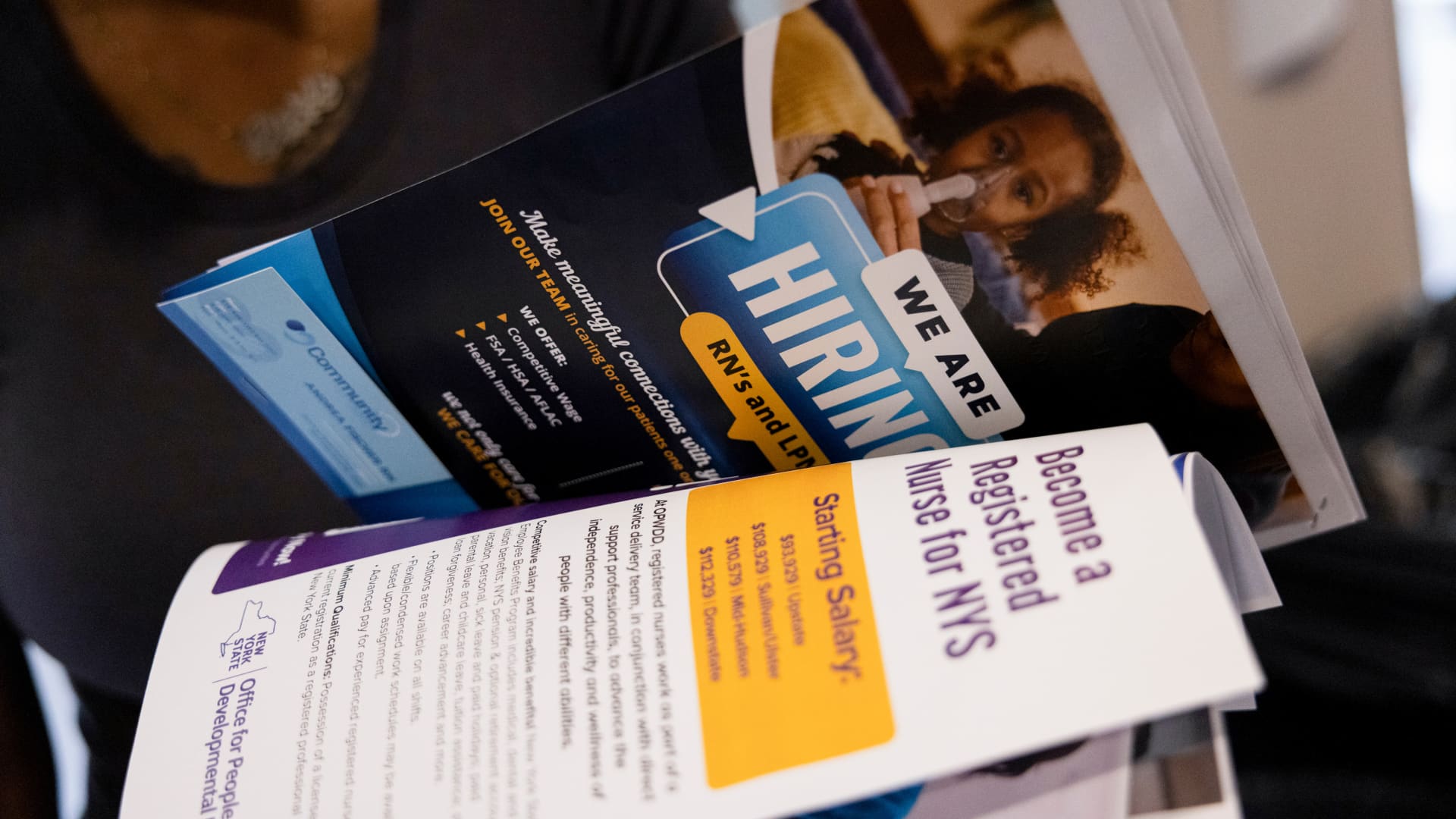Economics
Private payrolls grew by 146,000 in November, less than expected, ADP says
-

 Finance1 week ago
Finance1 week agoPersonal finance app Monarch raises $75 million
-

 Blog Post1 week ago
Blog Post1 week agoHow to Implement Internal Controls to Prevent Business Fraud
-

 Personal Finance1 week ago
Personal Finance1 week agoHow appealing property taxes can benefit new homeowners
-

 Personal Finance1 week ago
Personal Finance1 week agoHow to pay college tuition bills with your 529 plan
-

 Economics1 week ago
Economics1 week agoTrump greenlights Nippon merger with US Steel
-

 Economics5 days ago
Economics5 days agoHow young voters helped to put Trump in the White House
-

 Economics1 week ago
Economics1 week agoMAGA: protecting the homeland from Canadian bookworms
-

 Accounting4 days ago
Accounting4 days agoHighest paid jobs in corporate accounting
























